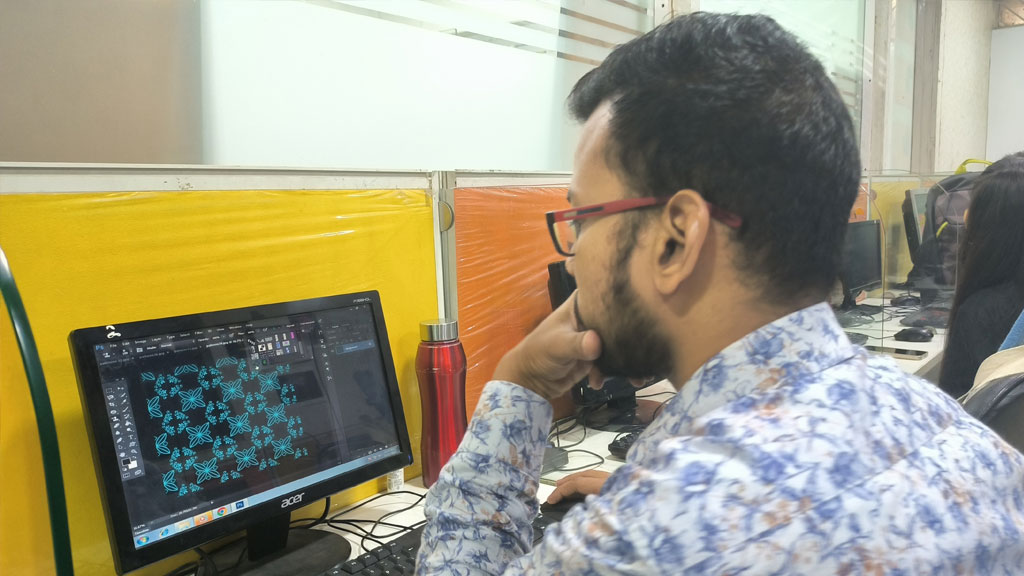Introduction: In the era of digital expression, multimedia has become a powerful and versatile medium for communication and artistic creation. If you have a passion for blending various forms of media, from graphics and animation to audio and video, enrolling in a multimedia course could be your gateway to a world of creative possibilities. In this blog post, we’ll explore the dynamic field of multimedia courses, shedding light on the skills they impart and how they can unlock a spectrum of opportunities for aspiring multimedia artists.
- Multimedia Unveiled:
- Multimedia is the integration of various forms of content, including text, graphics, audio, video, and animation, into a single interactive experience. Multimedia courses are designed to equip individuals with the skills to create engaging and immersive digital content.
- Graphic Design and Visual Communication:
- A strong foundation in graphic design is often a key component of multimedia courses. Students learn to create visually appealing graphics, develop an understanding of design principles, and master tools like Adobe Photoshop and Illustrator.
- Animation and Motion Graphics:
- Dive into the world of animation and motion graphics, where static images come to life. Multimedia courses may cover 2D and 3D animation techniques, giving students the ability to add dynamic elements to their multimedia projects.
- Audio Production and Editing:
- Sound is a critical component of multimedia. Courses often include modules on audio production and editing, teaching students how to record, edit, and incorporate high-quality sound effects and music into their projects.
- Video Production and Editing:
- Video is a powerful storytelling tool. Multimedia courses guide students through the intricacies of video production and editing, covering everything from shooting footage to post-production techniques using software like Adobe Premiere.
- Interactive Design and User Experience (UX):
- Multimedia often involves creating interactive experiences. Courses may delve into interactive design principles and user experience (UX) concepts, ensuring that students understand how to engage and captivate their audience.
- Web Development and Multimedia Integration:
- Many multimedia projects find a home on the web. Courses may include basic web development skills, teaching students how to create and optimize multimedia content for online platforms.
- Virtual and Augmented Reality (VR/AR):
- The future of multimedia is immersive experiences, and courses may touch on virtual and augmented reality technologies. Students can explore creating content for VR and AR platforms, pushing the boundaries of digital storytelling.
- Multimedia Software and Tools:
- Mastery of multimedia tools is essential. Courses introduce students to a range of software and tools used in the industry, fostering proficiency in programs like Adobe Creative Suite, Autodesk Maya, and other multimedia applications.
- Portfolio Development and Project Management:
- Building a strong portfolio is crucial for showcasing your skills to potential employers or clients. Multimedia courses often guide students in creating a comprehensive portfolio and may touch on project management skills to execute multimedia projects efficiently.
Conclusion: Enrolling in a multimedia course is not just about learning individual skills; it’s an exploration of the vast and dynamic world of digital expression. Whether you dream of creating captivating animations, immersive virtual experiences, or polished videos, a multimedia course provides the knowledge and tools needed to turn your creative visions into reality. So, if you’re ready to unleash your creativity across various digital mediums, consider enrolling in a multimedia course and embark on a journey that celebrates the intersection of technology and artistic expression.

